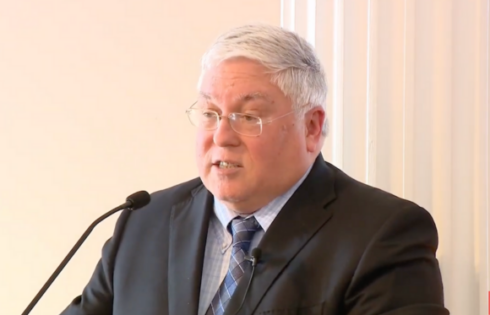
This is a little troubling–but also kind of ingenious.
Since he started teaching at Johns Hopkins University in 2005, Professor Peter Frölich has maintained a grading curve in which each class’s highest grade on the final counts as an A, with all other scores adjusted accordingly. So if a midterm is worth 40 points, and the highest actual score is 36 points, “that person gets 100 percent and everybody else gets a percentage relative to it,” said Frölich.
This approach, Frölich said, is the “most predictable and consistent way” of comparing students’ work to their peers’, and it worked well.
At least it did until the end of the fall term at Hopkins, that is.
As the semester ended in December, students in Frölich’s “Intermediate Programming”, “Computer Science Fundamentals,” and “Introduction to Programming for Scientists and Engineers” classes decided to test the limits of the policy, and collectively planned to boycott the final. Because they all did, a zero was the highest score in each of the three classes, which, by the rules of Frölich’s curve, meant every student received an A.
“The students refused to come into the room and take the exam, so we sat there for a while: me on the inside, they on the outside,” Frölich said. “After about 20-30 minutes I would give up…. Then we all left.” The students waited outside the rooms to make sure that others honored the boycott, and were poised to go in if someone had. No one did, though.
Yes, the professor changed his grading policy following this episode.
Read the full story at Inside Higher Ed.
Click here to Like The College Fix on Facebook.
Image Source: AlbertoGP123 / Flickr





Please join the conversation about our stories on Facebook, Twitter, Instagram, Reddit, MeWe, Rumble, Gab, Minds and Gettr.